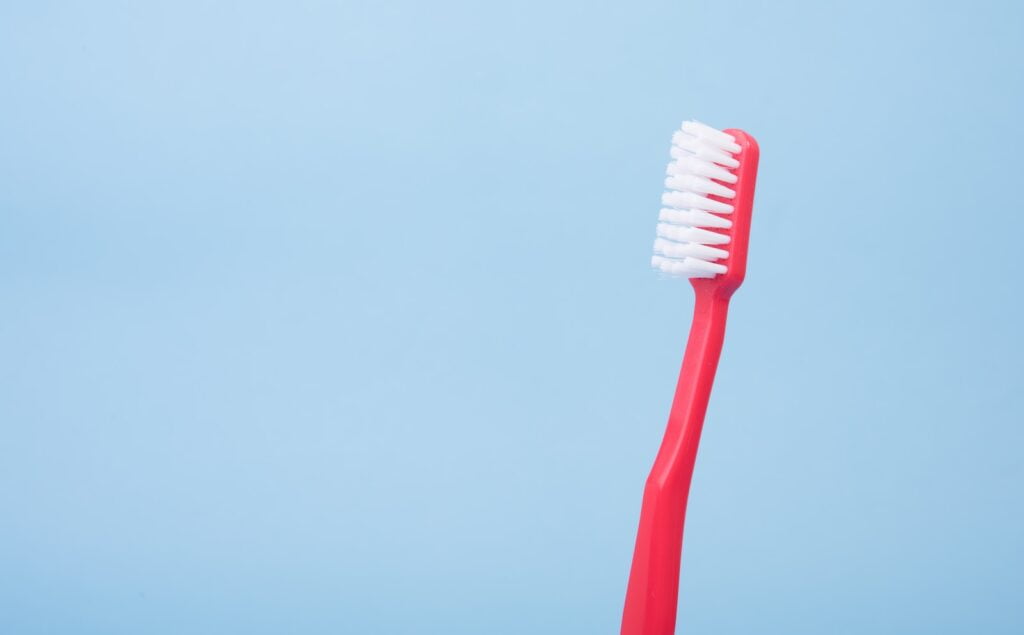When it comes to oral health, selecting the right toothbrush is a crucial decision. It’s not just about brushing regularly; it’s also about brushing with the right tool. This comprehensive guide aims to help you make an informed choice, ensuring your dental hygiene routine is as effective as possible.

Understanding Toothbrush Types
Manual Toothbrushes
The Basics
Manual toothbrushes have been around for centuries, evolving in design and materials. They are affordable and easily accessible, making them a popular choice worldwide.
Pros and Cons
The benefits of manual toothbrushes include their simplicity and control over brushing pressure. However, they require more technique and effort compared to electric variants.
Electric Toothbrushes
How They Work
Electric toothbrushes use battery power to move the brush head in various motions. This movement provides a consistent brushing action that can enhance plaque removal.
Types of Electric Toothbrushes
There are several types, including oscillating and sonic toothbrushes, each with unique brushing motions and benefits.
Brushing Effectiveness
Manual vs. Electric
Studies show that electric toothbrushes can be more effective in reducing plaque and gingivitis compared to manual toothbrushes. The automated movements ensure thorough cleaning, even in hard-to-reach areas.
Technique Matters
Regardless of the type, the effectiveness largely depends on your brushing technique. Proper technique is crucial in removing plaque and maintaining oral health.
Bristle Types
Soft Bristles
Soft bristles are recommended by dentists as they are gentle on the gums and enamel. They are effective in removing plaque without causing damage.
Medium and Hard Bristles
While some might prefer the feel of medium or hard bristles, they can be damaging to the gums and enamel, especially with aggressive brushing.
Toothbrush Head Size
Importance of Size
The size of the toothbrush head should allow easy access to all areas of the mouth. A smaller head is often preferable for better maneuverability.
Special Cases
Children and individuals with smaller mouths should opt for toothbrushes with smaller heads for effective cleaning.
Handle Design
Ergonomics
The handle should be comfortable to hold and provide a firm grip. Ergonomic designs can enhance control during brushing, especially for children or individuals with dexterity issues.
Additional Features
Timer Function
Many electric toothbrushes come with a timer to ensure you brush for the recommended two minutes.
Pressure Sensors
Some advanced models have pressure sensors to alert you if you’re brushing too hard, protecting your gums and enamel from damage.
Children’s Toothbrushes
Design and Appeal
Toothbrushes for children often come in colorful designs with characters to make brushing more appealing.
Appropriate Size
It’s crucial to choose a toothbrush that fits comfortably in a child’s mouth and is easy for them to use.
Environmental Considerations
Biodegradable Options
Eco-friendly toothbrushes, such as those with bamboo handles, are becoming increasingly popular as they are biodegradable and better for the environment.
Electric Toothbrushes and Waste
While electric toothbrushes require battery or electricity, many brands offer recycling programs for their products.
Price and Accessibility
Cost-Effectiveness
Manual toothbrushes are generally more affordable and widely available than electric ones.
Long-Term Investment
Electric toothbrushes can be more expensive initially, but their long-term benefits in oral health can make them a worthwhile investment.
Conclusion
Choosing the right toothbrush is a balance between personal preference, effectiveness, and comfort. Whether manual or electric, the best toothbrush is the one that you will use correctly and consistently. Remember, regular dental check-ups and professional advice are crucial in maintaining optimal oral health.
